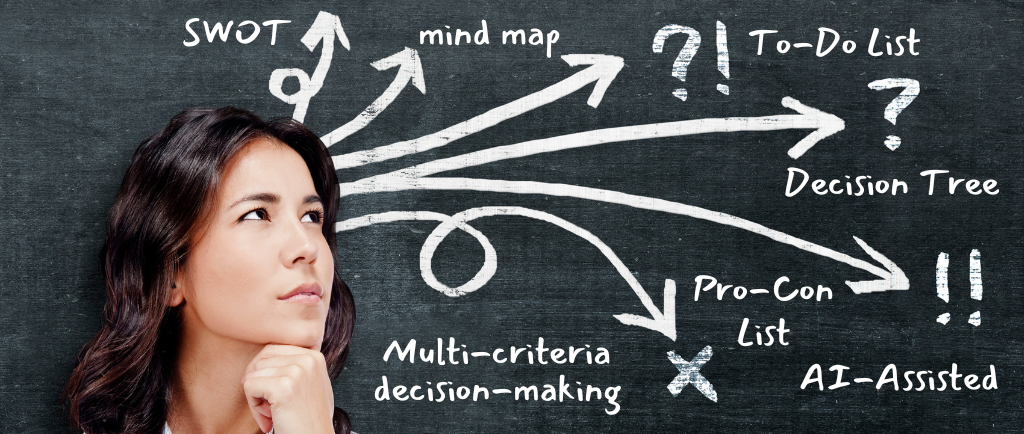
What Are Today’s Decision Tools and Why Are They Broken?
Every day, we make countless decisions—from career moves to financial planning and personal growth. Effective decision-making is the foundation of success, yet the complexity of modern life makes it more challenging than ever. Relying on gut instincts or traditional methods like to-do lists and pro-con lists can lead to suboptimal choices. Fortunately, with structured frameworks and AI-driven tools, you can shift from hesitation to confidence. Let’s explore how to make smarter decisions with today’s best strategies.
Organizing Your Thoughts: Building a Strong Foundation
Every great decision starts with a structured thought process. Here are three essential techniques to break down complex choices and prioritize effectively:
1. To-Do Lists: Simple but Limited
To-do lists help break large goals into actionable steps, keeping priorities organized. Whether tackling project deadlines or planning major events, they are useful for tracking progress. However, long lists can become overwhelming, and they don’t help in evaluating or prioritizing options effectively.

Key takeaway: To-do lists are excellent for task management but lack the depth needed for complex decision-making.
2. Pro-Con Lists: Weighing Simple Choices
Pro-con lists allow you to compare positives and negatives when making choices, such as selecting between job offers with different benefits. However, these lists often oversimplify decisions by treating all factors equally and failing to consider the weight or importance of each factor.
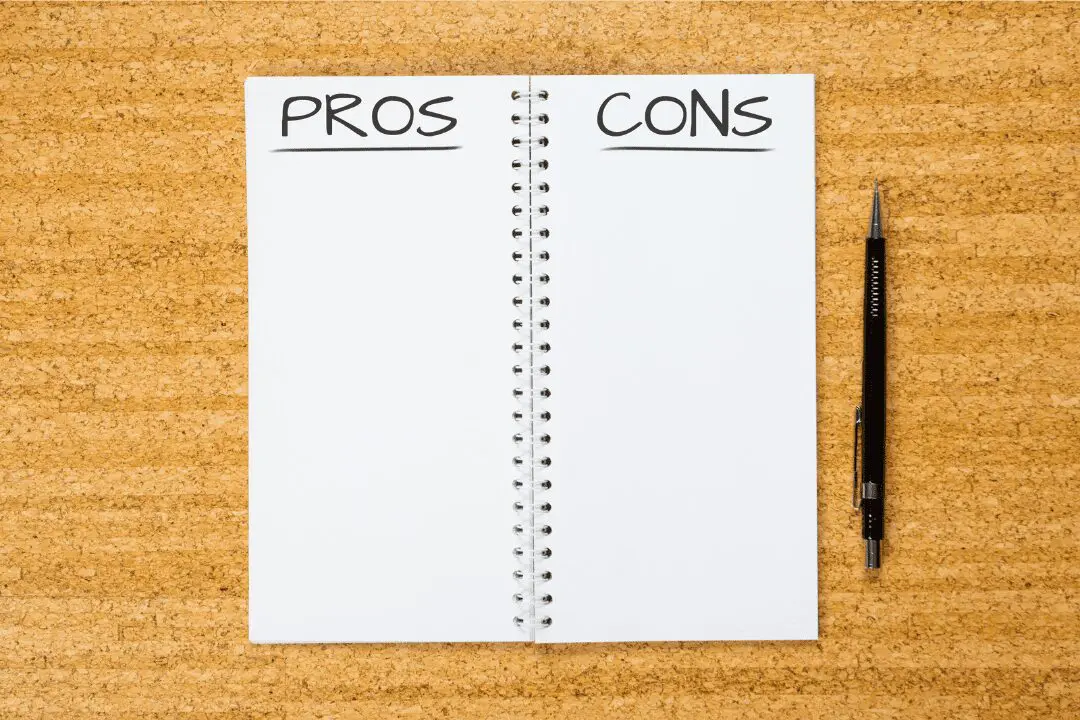
Key takeaway: Pro-con lists provide basic insights but do not help predict long-term outcomes or assess risk levels.
3. Mind Maps: Expanding Possibilities
Mind maps visually organize ideas and allow for creative brainstorming. They help connect different options and explore alternative solutions. However, they do not provide a structured way to prioritize or evaluate those ideas.
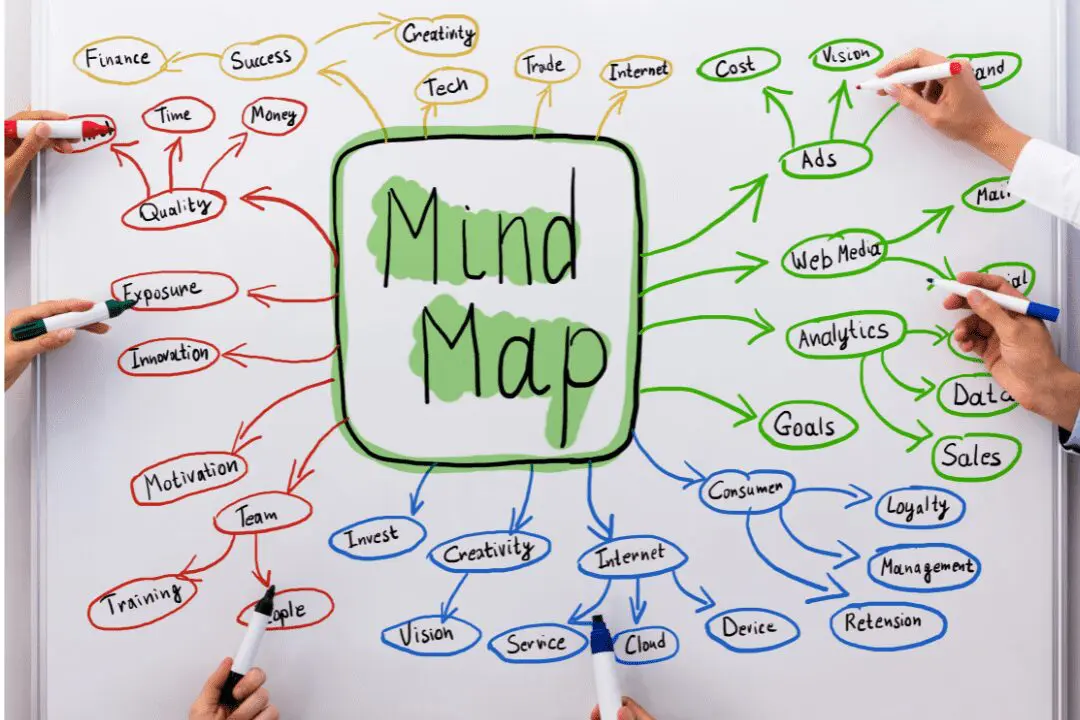
Key takeaway: Mind maps are useful for generating ideas but lack a structured approach to decision-making.
Advanced Analytical Decision-Making Techniques
For decisions with multiple variables, structured analysis tools offer deeper insights and a more strategic approach.
1. SWOT Analysis: Identifying Key Factors
SWOT (Strengths, Weaknesses, Opportunities, Threats) analysis helps in evaluating potential outcomes. For example, taking on a freelance project might bring extra income but could also introduce time management challenges.
While SWOT analysis is great for identifying factors, it does not prioritize them or provide guidance on action plans, leaving room for bias in interpretation.
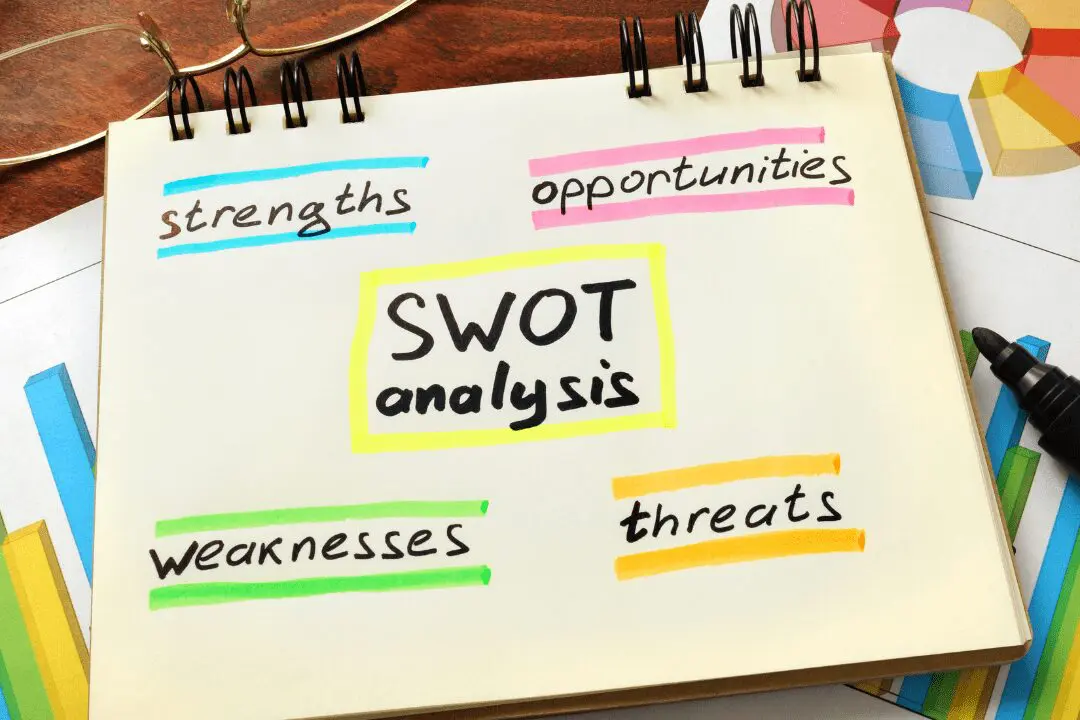
Key takeaway: SWOT is useful for identifying influences on a decision but does not offer prioritization or resolution.
2. Decision Trees: Mapping Potential Outcomes
Decision trees help visualize different options and their possible outcomes. If you’re debating between going back to school or continuing your career, a decision tree can outline potential benefits and risks.
However, decision trees become complex when too many variables are involved, making it difficult to track and prioritize effectively.
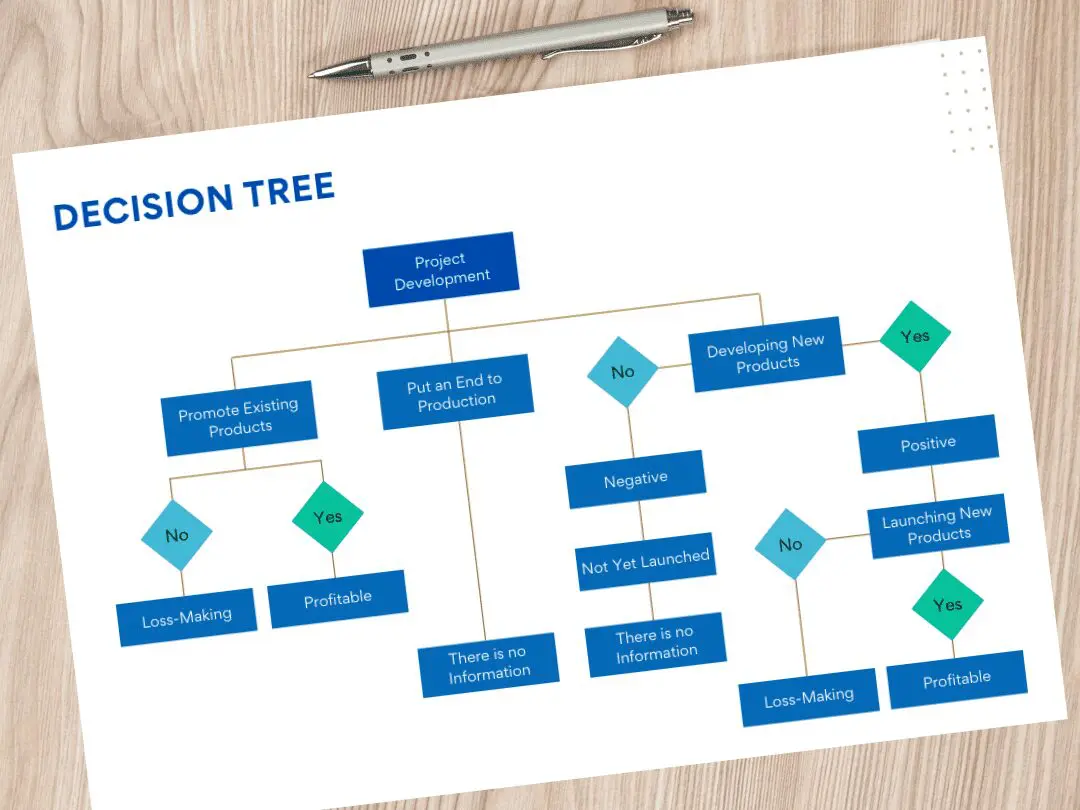
Key takeaway: Decision trees clarify potential outcomes but can become overwhelming with too much data.
Multi-Criteria Decision-Making: A Smarter Approach
For high-stakes decisions, Multi-Criteria Decision-Making (MCDM) provides a structured evaluation method by assigning weights to different factors and calculating an overall score.
Imagine choosing between two job offers:
- Job A: Higher salary
- Job B: Better work-life balance
MCDM allows you to evaluate multiple factors that influence your decision. Here’s how it works:
- Define Key Criteria – Identify the most important factors, such as salary, work-life balance, and growth opportunities.
- Assign Weights – Determine how much importance each criterion holds. For instance, salary might have a weight of 50%, work-life balance 30%, and growth opportunities 20%.
- Score Each Option – Rate how well each job offer satisfies each criterion on a scale (e.g., 1 to 10).
- Calculate Weighted Scores – Multiply each score by the corresponding weight and sum up the values to get an overall score for each option.
- Compare and Decide – The job with the highest total score aligns best with your priorities.
Example MCDM Chart for Job Selection:
| Criteria | Weight (%) | Job A (Higher Salary) | Job B (Better Work-Life Balance) |
| Salary | 50% | 9 (4.5) | 6 (3.0) |
| Work-Life Balance | 30% | 5 (1.5) | 9 (2.7) |
| Growth Opportunities | 20% | 7 (1.4) | 8 (1.6) |
| Total Score | 100% | 7.4 | 7.3 |
In this example, Job A has a slightly higher overall score, making it the better choice based on weighted criteria. However, if personal preferences change (e.g., work-life balance is weighted more), the result may differ.
Key takeaway: MCDM provides a structured, data-driven approach to evaluating complex decisions, ensuring clarity and confidence in your final choice.
AI-Powered Decision-Making: The Future is Here
Traditional decision-making methods have limitations. That’s where AI-enhanced MCDM tools, like decisionMe Analysis & Resolution, step in.
How AI Enhances Decision-Making:
- Automates data collection from real-time sources, removing human error and delays.
- Analyzes multiple factors dynamically, reducing cognitive biases and enhancing accuracy.
- Continuously optimizes recommendations based on external variables such as market trends and financial fluctuations.
- Uses predictive analytics to assess possible future outcomes, reducing uncertainty in decision-making.
- Personalizes insights by learning user preferences over time, refining choices based on historical decision patterns.
- Visualizes complex data through interactive dashboards, making decision-making intuitive and accessible.
Using AI, decisionMe refines decision-making by integrating real-world data and adapting recommendations in real-time. The application not only identifies the optimal decision but also delivers comprehensive data detailing the reasoning behind it, giving users full transparency and confidence in their choices.
Why It Matters:
Your next decision could impact your income, career trajectory, or personal well-being. decisionMe takes the guesswork out of complex choices, ensuring you make informed, confident decisions backed by advanced AI and analytics. With decisionMe, decisions are no longer a shot in the dark—they are strategic, data-driven, and optimized for success.
decisionMe: AI-powered decision-making for smarter, faster outcomes. Launching Spring 2025.
Visit decisionme.com/signup to register for early access!
